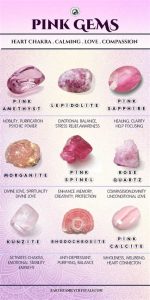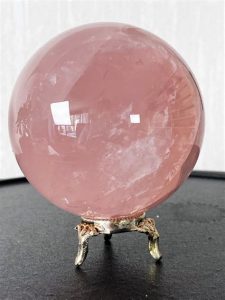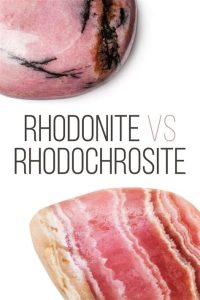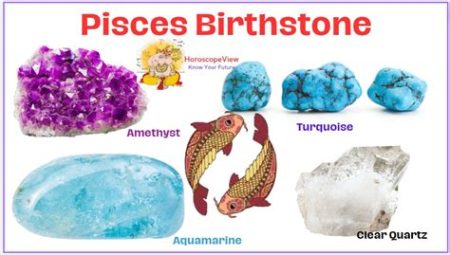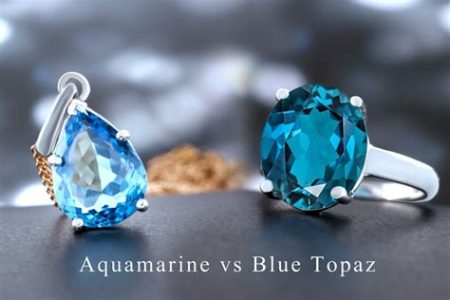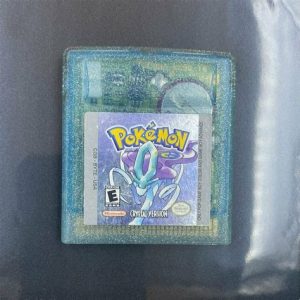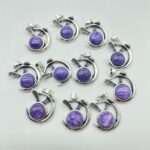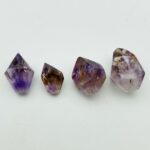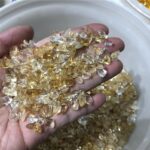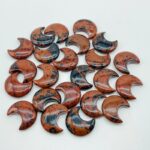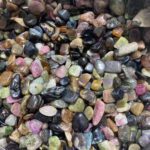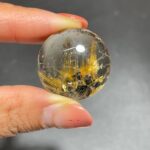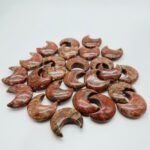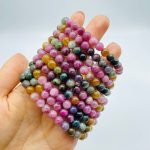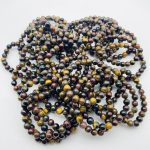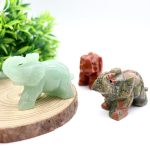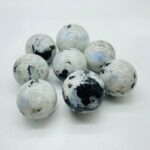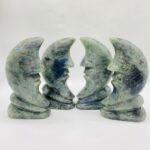Why It Matters
Crystals have gained immense popularity for their purported spiritual and healing properties. However, the market is flooded with both authentic and counterfeit crystals, making it crucial to discern the genuine from the fake.

Pain Points
- Counterfeit crystals lack the same energy and healing properties as genuine ones.
- Spending money on fake crystals can undermine your spiritual practice and well-being.
- Mistakenly purchasing and using fake crystals can lead to disappointment and distrust.
Motivations
- Ensuring you possess genuine crystals for their intended benefits.
- Protecting your investment and avoiding financial loss.
- Maintaining trust in the crystal industry and community.
How to Tell If Crystals Are Real VS. Fake
1. Examine the Surface
Authentic crystals typically exhibit:
* Smooth, polished surface
* Natural imperfections (e.g., inclusions, bubbles)
* Distinct facets and angles
Fake crystals often have:
* Rough, uneven surface
* Artificial-looking clarity
* Rounded or blunt edges
2. Test the Hardness
Crystals with varying degrees of hardness exist. Real crystals should resist scratches from:
* Fingernail (Mohs scale 2.5) for softer crystals (e.g., calcite)
* Steel needle (Mohs scale 5.5) for harder crystals (e.g., quartz)
Fake crystals may scratch easily or not at all.
3. Use a Magnifying Glass
Observe the crystal under magnification for:
* Bubbles: Real crystals may contain natural air bubbles.
* Inclusions: Gemstones often exhibit mineral inclusions or imperfections.
* Polishing marks: Real crystals may show fine lines from the polishing process.
Fake crystals may appear too perfect or feature unnatural patterns.
4. Check the Refractive Index
The refractive index measures how light bends as it passes through a material. Real crystals have specific refractive indices that can be measured using:
* Refractometer
* Handheld spectroscope
Fake crystals may exhibit altered or inaccurate refractive indices.
5. Perform a Touch Test
Genuine crystals often feel cool or slightly warm to the touch. Fake crystals may feel plastic or noticeably cold.
6. Consider the Price
Real crystals are valuable due to their rarity and natural formation. Fake crystals are often sold at suspiciously low prices.
7. Consult a Crystal Expert
If you lack confidence in your abilities, consult a reputable crystal seller, gemologist, or mineralogist for professional evaluation.
Other Considerations
In addition to the above methods, consider the following:
- Ethics: Support reputable crystal dealers who prioritize authenticity and transparency.
- Provenance: Obtain crystals with a known origin and certification if possible.
- Transparency: Look for crystals that allow light to pass through without significant obstruction.
- Resonance: Genuine crystals often evoke a sense of energy or resonance when held.
Tips and Tricks
- Start by practicing with known authentic and fake crystals.
- Use multiple methods together for more accurate results.
- Don’t rely solely on one test, as certain counterfeits may mimic real crystals in some aspects.
- Educate yourself about different crystal types and their characteristics.
FAQs
-
Can fake crystals still have beneficial properties?
– Some fake crystals may contain trace minerals or energizing properties, but they lack the true essence and potency of genuine crystals. -
Why do people sell fake crystals?
– Profit motives, lack of knowledge, and unethical practices contribute to the circulation of fake crystals. -
Is it legal to sell fake crystals?
– Regulations vary by jurisdiction. However, it is generally considered unfair or fraudulent to sell fake crystals as genuine without disclosing their true nature. -
How can I avoid buying fake crystals?
– Purchase from reputable sellers, educate yourself, and use the methods outlined in this guide. -
What should I do if I have fake crystals?
– Return them to the seller if possible. Use them for decorative purposes or dispose of them responsibly. -
Is it possible to create your own real crystals?
– Crystal growth experiments can be conducted in controlled laboratory settings. However, creating real crystals of significant size and quality is complex and time-consuming.
Market Insights
The global crystal market is projected to reach over $30 billion by 2025. The increasing demand for crystals for spiritual, wellness, and decorative purposes drives this growth. However, the prevalence of fake crystals poses a challenge to the industry’s integrity and consumer confidence.
Conclusion
Discerning real from fake crystals requires knowledge, observation, and a combination of the methods outlined in this guide. By embracing authenticity and ethical practices, you can ensure the integrity of your crystal collection and harness the true benefits of these remarkable natural formations.

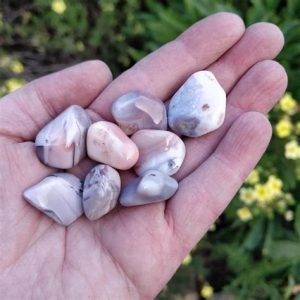
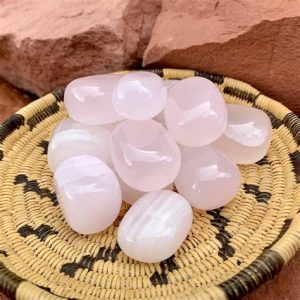
![🔮 Pink Carnelian: The Essential Guide [2025] 7 Ultimate 2025 Guide: How to Tell If Crystals Are Real](https://wholesale-crystal.com/wp-content/uploads/2025/01/1737995002-450x300.jpg)

